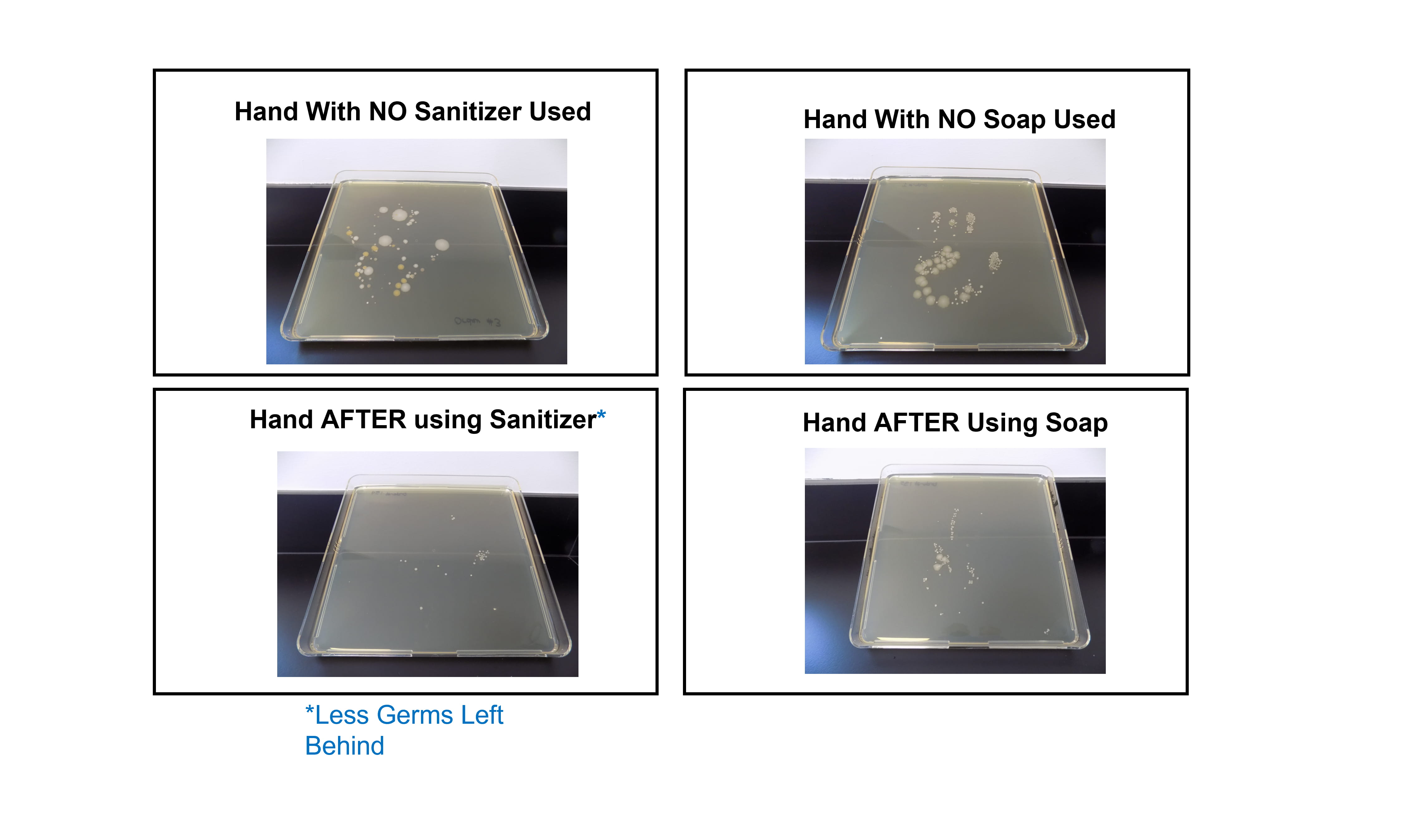Schools are full of germs. With large numbers of children in close contact with each other, sharing supplies or equipment, campuses often become germ breeding grounds. If you think about all the different objects and surfaces that kids touch daily, handwashing is, without a doubt, one of the easiest and most important ways to help reduce germs that may cause illness in schools.
How and when to wash our hands is, I think, the most fundamental hygiene habit and one of the first we learn, starting as young as babies in daycare centers. It takes the entire community – relying on parents, family members, caregivers, and teachers – to show kids how to do it properly and then to help reinforce the behavior. Unfortunately, despite training, reminders, and even games, kids often don’t see handwashing as fun – it’s something they need to do before they can move on to the next (possibly, more fun) activity.
Stop the “splash and dash” behavior
There are likely times that kids “splash and dash” – or run their hands under water for just a few seconds without using soap or drying hands and calling it done. Rushing through the process means hands will not be cleaned as well as they should, potentially leaving many germs that can cause illness behind. Kids are also less likely to wash their hands properly when restrooms are not clean or when they do not have access to adequate supplies (i.e., empty soap dispensers, absence of clean paper towels, or lack of clean water). In both cases, inadequate handwashing leaves behind germs that may contaminate surfaces and other hands throughout the school.
A simple solution
A convenient and acceptable alternative to washing hands with soap is to use alcohol-based hand sanitizer. While soap and water are considered the gold standard, especially when hands are visibly dirty, organizations like the Centers for Disease Control and Prevention1 recommend using hand sanitizer to kill germs that may cause illness, especially when soap and water are not available. What’s more, compared to washing hands, using sanitizer may be easier for kids – and more “foolproof"; all they have to do is get the product on their hands and rub them together until dry.
Much of this makes sense intuitively – based on the behavior that we see (and, quite frankly, expect) from kids, especially younger ones. But, as a scientist, I really wanted to know just how many germs do kids really remove during each wash or sanitizer use?
What the data shows
We recently conducted a simple study.2 Twenty-four children aged 7-12 with “germy hands” were asked to “clean their hands” so we could measure how well they removed germs using soap and water or hand sanitizer. We didn’t give them any instructions on how to do it – we just gave them access to what they could use: either soap, water, and clean paper towels, or a bottle of PURELL® hand sanitizer. The results were not surprising (based on what we just discussed) – kids simply DO NOT wash their hands properly to get the highest level of germ removal. While soap and water were effective in removing many germs, PURELL® hand sanitizer removed even more germs from kids’ hands. In fact, 10x fewer germs were left behind after using sanitizer! Overall, 99.96% of germs were removed by sanitizer, which is what we expect to see if the product is used properly. These data suggest that kids are more likely to use sanitizer properly than wash their hands properly.

They still need to wash their hands
We are NOT saying kids should stop washing their hands. We’re saying it’s critical to teach them how to do it correctly, make sure they have access to the hygiene supplies they need, and find fun ways to reinforce handwashing (see "Fun Facts and Tips to Encourage Handwashing in Schools”). It’s an essential part of promoting a lifelong hygiene habit. However, this may not be enough to reduce germs on hands among younger kids, especially in settings like schools.
Wash + sanitize for added germ-protection confidence
What we should do is arm our kids with another germ-fighting tool – alcohol-based hand sanitizer. Certainly, if kids don’t have access to soap and water, then hand sanitizer should be used (like in the cafeteria before lunchtime). But, at times when it really matters – when hands are more likely to be exposed to germs that may cause illness – it may make sense not to rely solely on handwashing to get kids’ hands clean but to get kids to do BOTH: wash hands first and then use hand sanitizer to remove any germs that may be left behind. These risky moments could include:
- After using the restroom
- Before eating or drinking
- After coughing, sneezing, or touching garbage
- When sick or if illnesses are circulating
Please see my previous blog for more information: " Tips for Getting the Cleanest Hands in Schools." For helpful resources, including best practices and posters, visit the PURELL® Brand K-12 Well-Being Center.
Businesses interested in learning more about PURELL® products can contact their GOJO distributor, click here to schedule a meeting with our representatives, or find a distributor now.